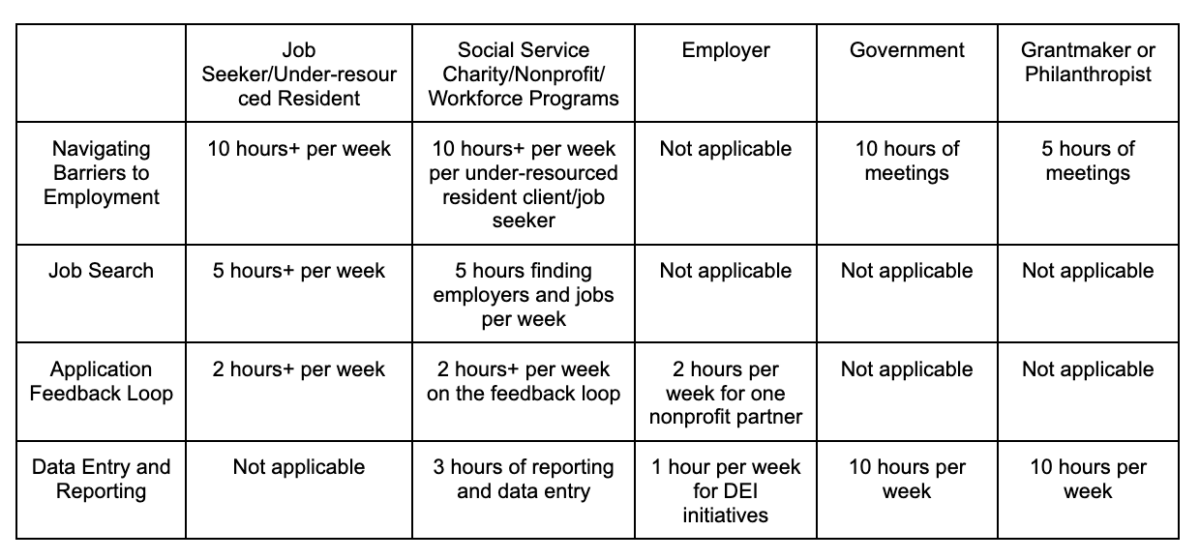Article by Matt Strauss, CEO and Co-Founder of RiseKit
In the United States, there are over 200,000 organizations dedicated to providing social services to under-resourced communities such as ex-offenders, opportunity youth, refugees, immigrants, the homeless, and retired adults.
The government, generous philanthropists, and caring donors have played a crucial role in creating a humungous sector to help underprivileged populations, providing critical funding. Think about it: Without them, there would be no sector to help people in need, whether it is job training, veteran services, childcare programs, reentry programs, refugee programs, homeless shelters, temporary housing, and so much more.
Despite the tireless efforts of social service organizations to uplift under-resourced communities, there is a frustrating gap in the system. While they are all striving towards a common goal, there is often a lack of collaboration and communication among them. And what is the real consequence of these breakdowns in communication? Let’s take a closer look.
The Problem: Reinvest time to serve more people in need
Right now, it takes 200 hours to have a corporation partner with just five social service programs to receive about five to 50 job seekers per year. There needs to be better collaboration since we can reinvest the time below to serve more people:

These numbers highlight a concerning issue: More than 50% of charitable donations and government grants are being used to their fullest potential.
When foundations and government agencies start to use their resources more effectively, they can help more under-resourced job seekers with resume edits, job searches, mock interviews, transportation support, and clothing. This can increase job opportunities for under-resourced individuals seeking employment and training programs.
The Solution: Deploying an Employer-Driven Strategy
The solution to the inefficiencies caused by the lack of collaboration lies in creating an employer-driven approach, which is about developing and delivering job training programs and other initiatives to prepare individuals for employment.
Platforms like RiseKit make it seamless for businesses and corporations to connect with social services to source talent without adding more work to the hiring company’s or the social services’ plate. Moreover, they help tackle one of the biggest challenges in collaborating between organizations: the feedback loop.
Wrapping Up
When government agencies, non-profit organizations, social services, and employers cannot collaborate effectively, job seekers from marginalized groups miss out on valuable opportunities. An employer-driven approach combined with the right technology can be a game-changing way to source talent, provide individuals with better employment options, and elevate underserved communities.

This article includes a client of an Espacio portfolio company












